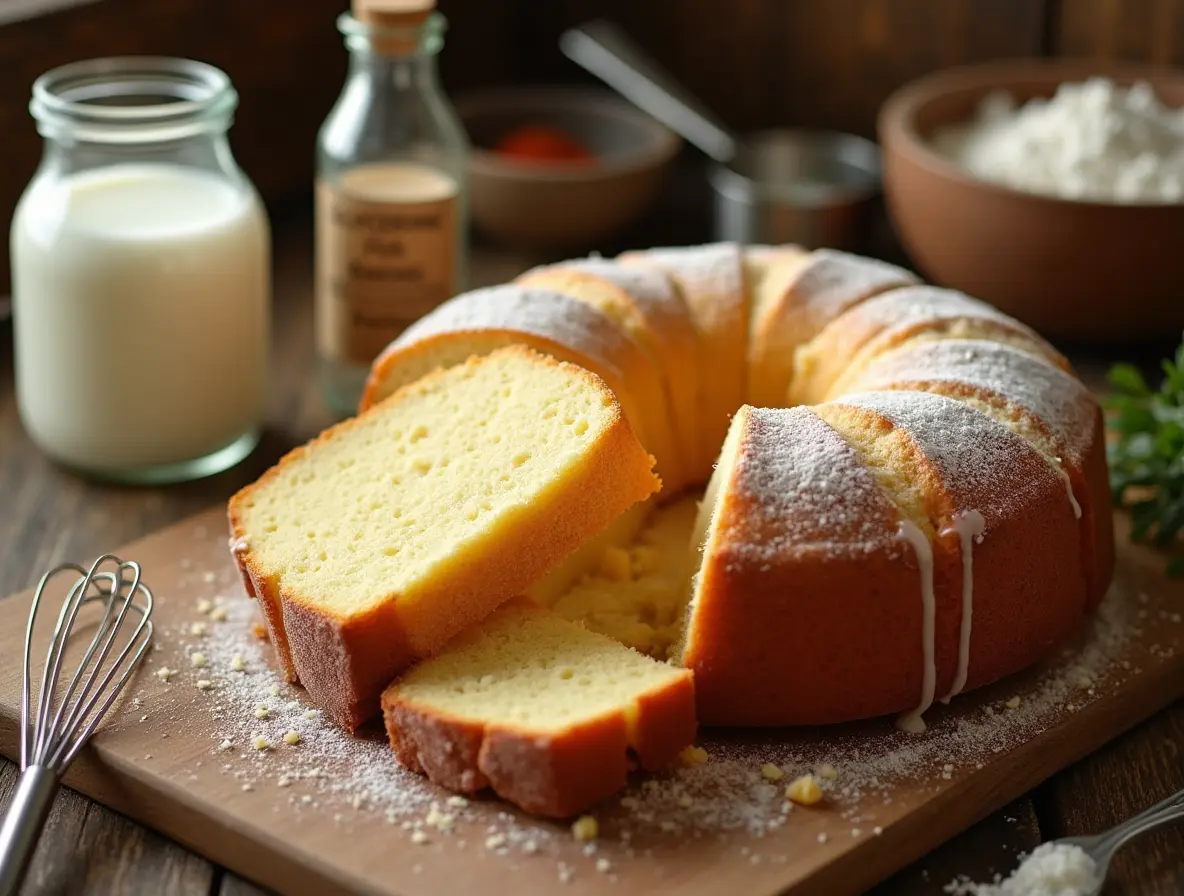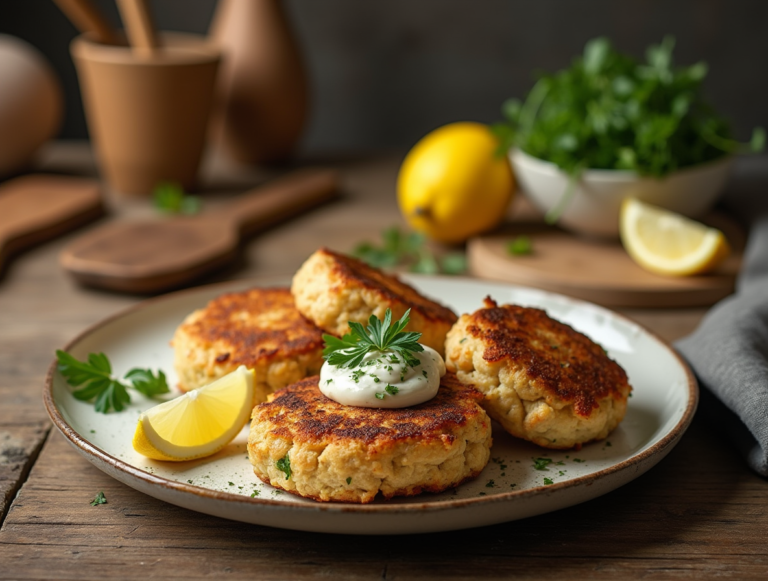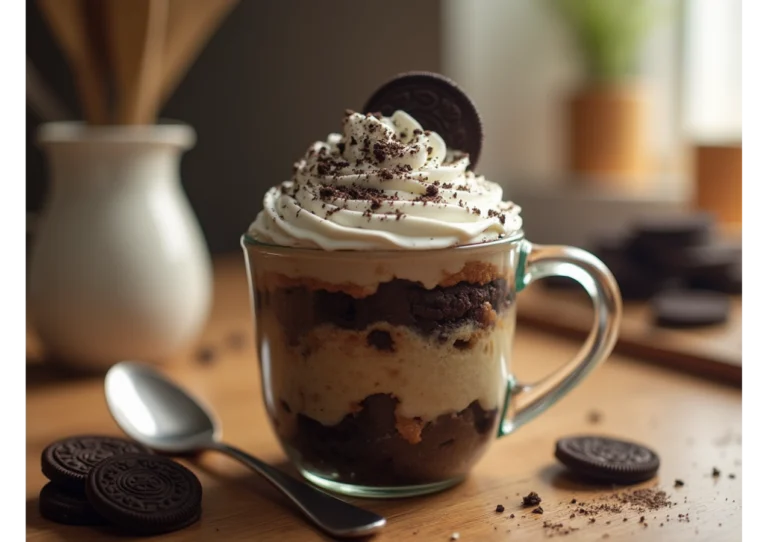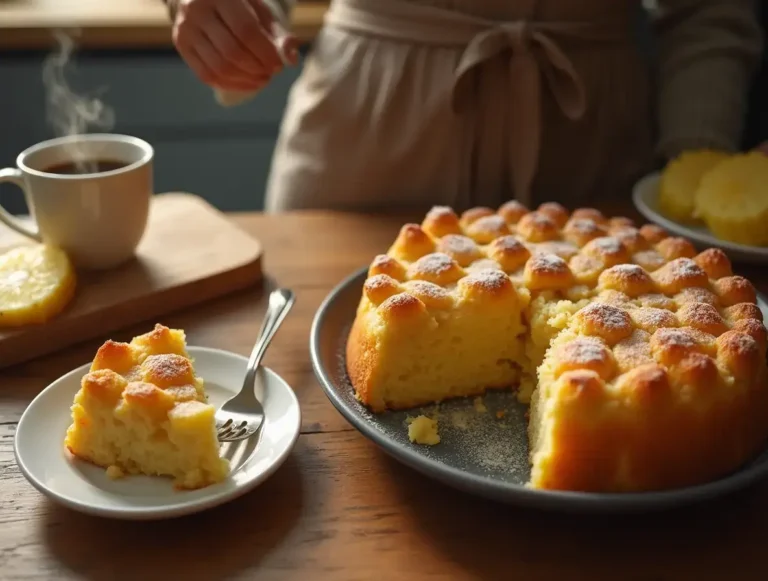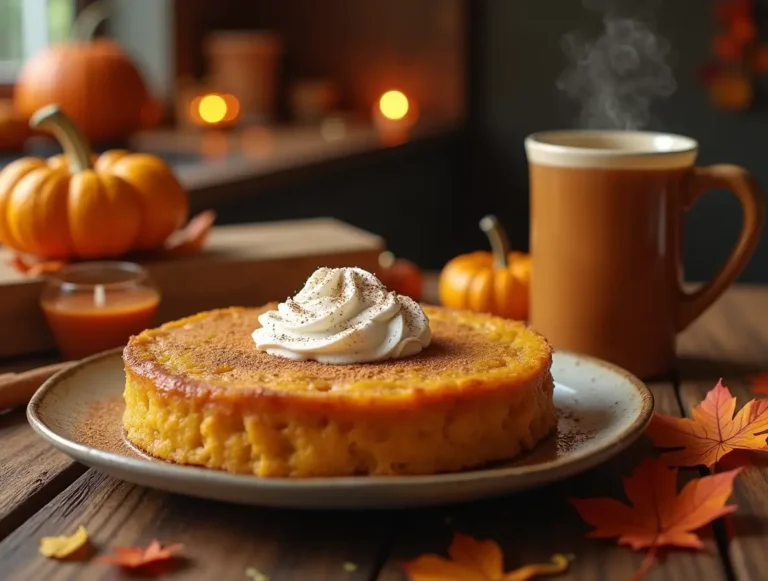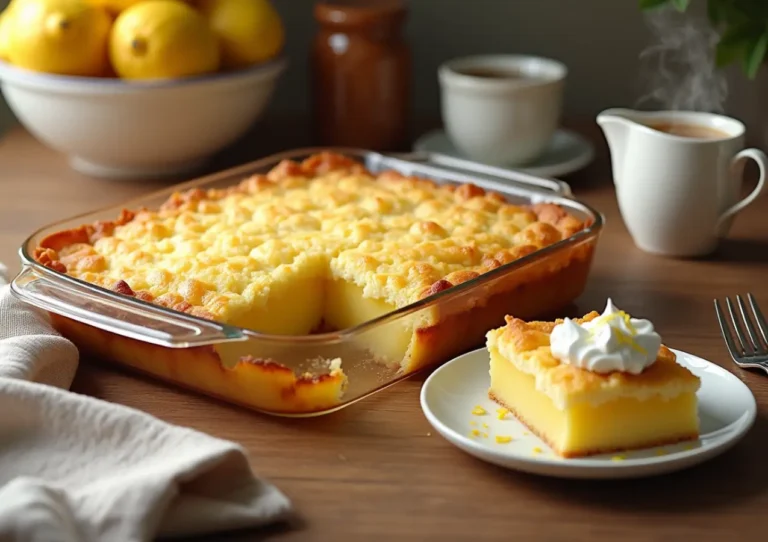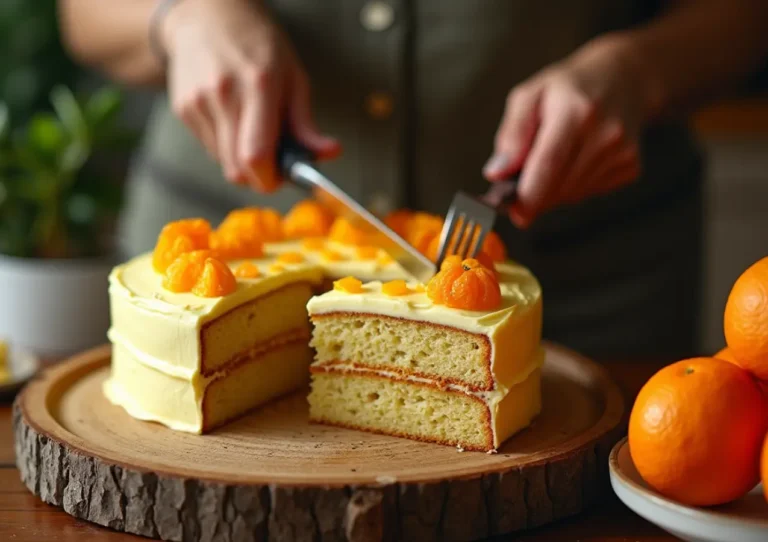🧁 How to Use Glycerine in Cake Baking – A Secret for Moist Cakes
Table of Contents
Introduction
Have you ever wondered how professional bakers achieve that incredibly moist, soft, and tender cake texture that stays fresh for days? The secret ingredient might just be glycerine! This simple yet powerful ingredient plays a crucial role in locking in moisture, ensuring that your cakes remain soft and fluffy without drying out.
Whether you’re whipping up a birthday cake, testing out a new brownie ice cream recipe, or perfecting your wedding cake frosting, glycerine for baking is the secret weapon that can elevate your baked goods from homemade to bakery-quality.
But what exactly is glycerine, and how does it transform your cakes? How much should you use, and can it be used in icing, royal icing, or fondant? If you’ve ever struggled with dry cakes or rock-hard icing, you’re in the right place!
What You’ll Learn in This Guide:

✅ What glycerine is and how it works in baking
✅ How to use glycerine in cake recipes for the softest texture
✅ How glycerine for icing prevents it from drying out or cracking
✅ A tried-and-tested cake glycerine recipe
✅ Pro tips, FAQs, and common mistakes to avoid
By the end of this guide, you’ll have all the knowledge (and confidence) to start using glycerine like a pro in your baking. Whether you’re making a rich chocolate cake, a delicate Boston Cream Pie, or even a fruit-based dessert like Mandarin Orange Cake, glycerine will take your baking to the next level!
🍰 What Is Glycerine and Why Is It Used in Baking?

Glycerine, also known as glycerol, is a clear, odorless, and slightly sweet-tasting liquid that is widely used in both food and cosmetics. It is a natural byproduct of fat and oil processing and is commonly derived from vegetable oils or animal fats. While it has many applications in skincare and medicine, glycerine is an essential ingredient in baking—especially when it comes to creating moist, long-lasting cakes and smooth icings.
⭐ Benefits of Glycerine in Baking
Using glycerine for baking provides a variety of benefits that improve the texture, longevity, and overall quality of your baked goods. Here’s why it’s a must-have in your kitchen:
✅ Retains Moisture in Cakes and Icings – Glycerine acts as a humectant, meaning it attracts and retains moisture. This keeps cakes soft and fresh for longer, preventing them from drying out too quickly.
✅ Keeps Baked Goods Soft and Fresh – Cakes made with glycerine remain tender even after a few days. This is particularly useful for bakers who want to prepare cakes in advance without losing freshness.
✅ Prevents Sugar Crystallization in Royal Icing and Fondant – Glycerine is an important ingredient in royal icing and fondant because it stops sugar from crystallizing, ensuring a smooth, glossy texture instead of a rough, grainy one. If you’ve ever seen glycerine for royal icing listed in a recipe, this is why!
✅ Improves Texture in Gluten-Free Baking – Without gluten, some baked goods can turn out dry and crumbly. Adding glycerine helps bind ingredients together and retain moisture, making gluten-free cakes, cookies, and breads softer and more enjoyable.
✅ Enhances Flavor and Sweetness – While glycerine isn’t a strong sweetener, it has a mild sweetness that can subtly enhance the flavor of cakes, especially in frostings and fillings.
If you’ve ever wondered why professional bakery cakes stay moist, fluffy, and delicious for days, glycerine is likely one of the secret ingredients! Now that you know what it does, let’s explore how to use it in different types of baking. 🍰✨
🎂 How to Use Glycerine in Cakes

Using glycerine for baking is one of the easiest ways to ensure your cakes turn out moist, soft, and bakery-quality every time. Whether you’re making a rich chocolate cake, a light sponge, or a gluten-free treat, glycerine can be your secret weapon for perfect texture and long-lasting freshness.
📌 Step-by-Step Guide to Using Glycerine in Cake Baking
Follow these simple steps to properly incorporate glycerine into your cake recipes:
1️⃣ Measure Correctly
Glycerine is highly effective in small amounts, so you don’t need much to see the benefits. A general rule of thumb is:
- ½ to 1 teaspoon of glycerine per cup of flour in your cake batter
- For large cakes, you can increase slightly, but avoid using more than 1 tablespoon per recipe, as too much can affect the texture
2️⃣ Add to Wet Ingredients
For even distribution, always add glycerine to your liquid ingredients first. Mix it with ingredients like:
- Milk, butter, or oil
- Eggs
- Vanilla extract
This ensures that the glycerine blends smoothly into the batter rather than clumping with the dry ingredients.
3️⃣ Mix and Bake as Usual
Once your wet ingredients (including glycerine) are mixed, proceed with the rest of your recipe as usual. Combine with dry ingredients, mix well, and bake at the specified temperature.
As the cake bakes, the glycerine helps trap moisture, preventing the crumb from drying out. Your final cake will have a tender, soft texture with improved shelf life!
✅ Best Cakes to Use Glycerine In

Glycerine works exceptionally well in cakes that tend to dry out easily. Here are some perfect cakes to try it in:
🍫 Moist Chocolate Cakes
Rich chocolate cakes often have a tendency to dry out, but a small amount of glycerine ensures they stay moist and fudgy. Try it in Boston Cream Pie for an ultra-soft chocolate sponge layered with custard and ganache.
🍰 Pound Cakes
Pound cakes, such as the Million Dollar Pound Cake, benefit from glycerine because it keeps them buttery soft instead of overly dense.
🌾 Gluten-Free Cakes
Because gluten-free cakes often lack the structure of traditional cakes, they can turn out crumbly. Adding glycerine helps bind ingredients together, improving both texture and moisture. If you’re making Gluten-Free Crab Cakes, adding glycerine can keep them from falling apart.
🍊 Fruit-Based Cakes
Fruit-based cakes, like Mandarin Orange Cake, can dry out quickly due to their natural fruit content. A little glycerine locks in the moisture, ensuring a juicy, flavorful crumb.
By using glycerine for baking, you can transform your cakes into professional-quality desserts that stay soft, fresh, and delicious for days! 🥰 Ready to take your baking even further? Let’s look at how glycerine enhances icings and frostings! 🎂
🍰 Glycerine for Icing & Royal Icing

If you love decorating cakes, glycerine for icing is a game-changer! It enhances texture, prevents icing from drying out, and makes fondant easier to work with. Whether you’re piping elegant royal icing designs or rolling out fondant for a stunning cake, a little glycerine goes a long way in achieving professional-quality results.
🎨 How to Use Glycerine in Icing
🔹 Royal Icing – Keeps It Soft & Smooth
Royal icing is essential for cake decorations, cookies, and intricate piping work. However, without glycerine, royal icing hardens quickly, making it prone to cracking. To keep it pliable and soft while still setting properly, use:
✅ 1 teaspoon of glycerine per 2 cups of icing sugar
This small addition prevents the icing from becoming too brittle while maintaining its decorative strength. If you’re working on Cheesecake Cookies or detailed cookie decorations, glycerine ensures smooth, professional results.
🔹 Buttercream Frosting – Enhances Creaminess
If you want your buttercream to stay soft and spreadable, glycerine can help! This is especially useful if you’re making cakes in warmer climates where buttercream can dry out quickly.
🔸 Add ½ teaspoon of glycerine per batch of buttercream to enhance the texture without making it greasy.
Using glycerine in buttercream frosting pairs perfectly with cakes like Banana Split Cake and Mandarin Orange Cake, ensuring a rich, creamy finish.
🔹 Fondant & Gum Paste – Prevents Cracking & Improves Pliability
Fondant is beautiful but can be tricky to work with, especially if it starts cracking or drying out. A few drops of glycerine improve elasticity and workability, making it easier to cover cakes smoothly.
✅ Use 1 teaspoon of glycerine per 1 pound of fondant for the best results.
Fondant lovers should check out this Rolled Fondant Recipe for a foolproof way to create smooth, flexible cake coverings!
📝 Cake Glycerine Recipe
Glycerine isn’t just for enhancing store-bought mixes—it works wonders in homemade cakes too! Here’s an easy Cake Glycerine Recipe that guarantees a soft, moist, bakery-quality cake every time.
📌 Recipe Overview
| Prep Time | Cook Time | Total Time | Servings | Yield |
|---|---|---|---|---|
| 15 min | 30 min | 45 min | 8-10 | 1 Cake |
🍰 Ingredients
- 2 cups all-purpose flour
- 1 cup sugar
- ½ teaspoon salt
- 1 teaspoon baking powder
- ½ teaspoon baking soda
- ½ cup butter, melted
- 1 cup milk
- 2 eggs
- 1 teaspoon vanilla extract
- 1 teaspoon glycerine for baking
👩🍳 Instructions
1️⃣ Preheat your oven to 350°F (175°C). Grease and flour a cake pan to prevent sticking.
2️⃣ In a large bowl, whisk together flour, sugar, salt, baking powder, and baking soda.
3️⃣ In a separate bowl, combine wet ingredients – butter, milk, eggs, vanilla extract, and glycerine. Mix well.
4️⃣ Gradually fold the wet ingredients into the dry ingredients, stirring until smooth. Avoid overmixing!
5️⃣ Pour batter into the prepared pan and bake for 30 minutes or until a toothpick inserted into the center comes out clean.
6️⃣ Allow the cake to cool completely before serving or frosting.
🍽 Pair this cake with Cheesecake Cookies for a heavenly dessert combo!
📌 Expert Tips for Baking with Glycerine
To get the most out of glycerine for baking, follow these expert tips:
✔ Use Food-Grade Glycerine Only
Always use vegetable-based, food-grade glycerine, not the type used in cosmetics or skincare. Food-grade glycerine is safe for consumption and works best in baking.
✔ Store Glycerine Properly
- Keep it in a cool, dry place to prevent it from thickening.
- Store in an airtight bottle away from direct sunlight.
✔ Don’t Overuse It!
While glycerine prevents dryness, too much can make cakes gummy or overly sweet. Stick to ½ to 1 teaspoon per cup of flour.
✔ Enhance Moisture Even Further
For extra moisture retention, pair glycerine with Greek yogurt in your baking! Need ideas? Try our Greek Yogurt Desserts for inspiration.
💡 Frequently Asked Questions (FAQs)
1️⃣ What does glycerine do in cake baking?
Glycerine traps moisture, keeping cakes soft, fresh, and tender for longer. It’s ideal for preventing dryness, especially in sponge cakes and pound cakes.
2️⃣ Can I use glycerine in royal icing?
Yes! Using glycerin for royal icing prevents it from becoming too hard or brittle while still allowing it to set properly.
3️⃣ How much glycerine should I use in cake batter?
Use ½ to 1 teaspoon per cup of flour to ensure your cake stays soft without affecting the texture.
4️⃣ Can I use glycerine in gluten-free baking?
Absolutely! Gluten-free cakes often dry out quickly, but glycerine locks in moisture and improves texture. Try it in Gluten-Free Crab Cakes for an improved crumb.
5️⃣ Is glycerine safe to eat?
Yes! Food-grade vegetable glycerine is completely safe for consumption and is commonly used in baking, candy-making, and even homemade ice cream.
🎉 Final Thoughts
Now that you know the secret of glycerine for baking, it’s time to put it to the test! Whether you’re baking a classic Boston Cream Pie or experimenting with Matcha Desserts, adding glycerine will take your baking to the next level.
Glycerine is a simple yet powerful ingredient that ensures your cakes, icings, and frostings remain moist, fresh, and picture-perfect. Try it in your next recipe and experience the difference! 🍰
🔥 Want more baking secrets? Don’t miss out on:
- Strawberry Crunch Cake for a nostalgic, crunchy twist
- Pineapple Dump Cake for an effortless tropical dessert
- Million Dollar Pound Cake for the ultimate buttery indulgence
Happy Baking! 🎂💖
Made It? Nailed It? Let Us Know!
There are no reviews yet. Be the first one to write one.

